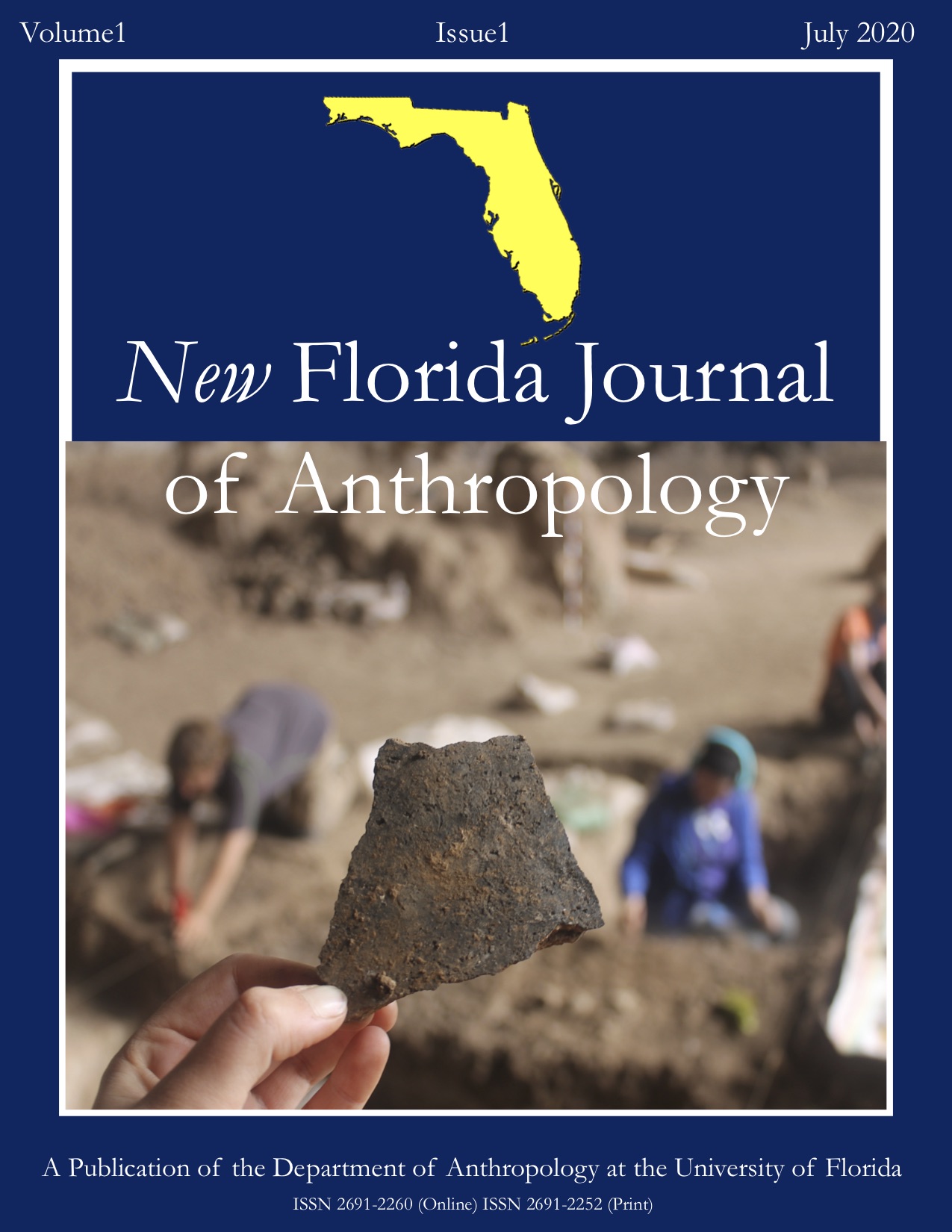A Validation Study of the Mandibular Canine Index Method of Sexual Assessment Using Two Decedent American Populations
DOI:
https://doi.org/10.32473/nfja.v1i1.119635Keywords:
Mandibular Canine Index, Sex Assessment, Denition, CaninesAbstract
Rao and colleagues created the Mandibular Canine Index (MCI) as a method of sex assessment. It has primarily been used on living South Asian populations. This study applies the Index to two decedent American populations in hopes that it will applicable to the field of Forensic Anthropology. Forty-five individuals from the C.A. Pound Human Identification Lab and the Wichita State Biological Anthropology Lab with full mandibular dentition were studied. The mesio-distal width of both right and left canines and the canine arch width were taken and the MCI calculated along with the standard MCI. Results show that the MCI is not statistically significant in determining males from females (p=.461 for right and p=.473 for left). The standard MCI was .242 for the right and .246 for the left. This gave an accuracy of 37% to 44% for males and 44% to 45% for females. The mesio-distal length (p = .002 for right and .001 for left) and canine arch width (p=.019) on their own were statistically significant and can be used in sex assessment if the teeth are present although they should be used with other methods. Further study should be done with a larger sample size to see if results are consistent.
Downloads
Published
Issue
Section
License
By submitting to the New Florida Journal of Anthropology, the author(s) agree to the terms of the Author Agreement. All authors retain copyrights associated with their article contributions and agree to make such contributions available under a CC BY-NC 4.0 license upon publication.
Florida OJ Author Agreement (University of Florida)
The following agreement takes effect upon acceptance of the Submission (“Submission”) for publication in the New Florida Journal of Anthropology:
I hereby grant to the University of Florida (“the University”) the non-exclusive right to retain, reproduce and distribute the Submission in whole or in part, in print and electronic format and in any medium. This agreement does not represent a transfer of copyright to the University.
The University may make and keep multiple copies of the work for purposes of security, backup, preservation and access; and may migrate the work to any medium or format for the purpose of preservation and access.
I represent and warrant to the University that the work is my original work and that I have the authority as sole author or I have the authority on behalf of my co-authors to grant the rights contained in this agreement. I also represent that the work does not, to the best of my knowledge, infringe or violate any rights of others.
I further represent and warrant that I have obtained all necessary rights to permit the University to reproduce and distribute the work, including any third-party material. Alternatively, I represent that my use of any third-party material is allowed because the material is not in copyright or I have performed a fair use analysis and reasonably believe my use is permitted. Any content owned by a third party is clearly identified and acknowledged within the work.
I grant these same rights to New Florida Journal of Anthropology. Additionally, I grant the right to both the University and New Florida Journal of Anthropology to enter into agreements with third-party entities and the rights necessary to host, print, index and abstract the Submission.
Open Access and Self-Archiving
The New Florida Journal of Anthropology follows an open-access publishing model, meaning that all articles will be publicly accessible on the Internet immediately upon publication.Authors may share the submitted manuscript (preprint) of the Submission on the Internet at any point before or after publication, with a citation and link to the final version of record to be added as soon as the issue is available. The author may disseminate the final peer-reviewed version at any point after publication.
Creative Commons License
The New Florida Journal of Anthropology applies a Creative Commons CC BY-NC 4.0 license to encourage sharing and reuse of content and to maximize the impact of published research. By publishing in the New Florida Journal of Anthropology, authors agree that the terms of this license will be applied to the Submission. The George A. Smathers Libraries at the University of Florida (copyright@uflib.ufl.edu) may be able to offer additional information.
By granting this license, authors acknowledge that they have read and agreed to the terms of this agreement.


